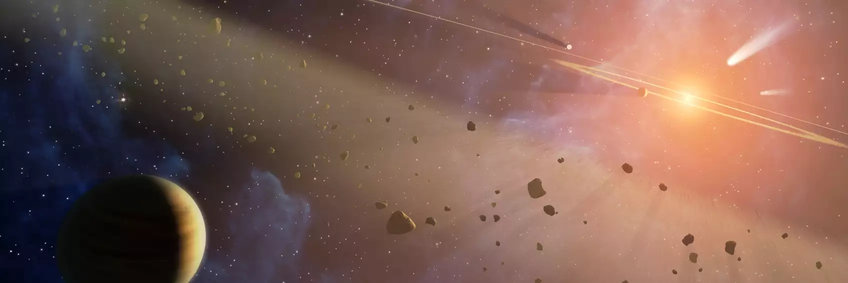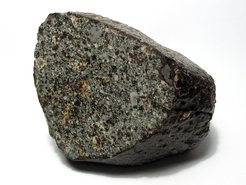
Deciphering planet formation using meteoritic data
The Sun and the Solar System formed around 4,5 billion years ago. Its planets and small objects have since undergone substantial evolution. Thus, deciphering the history of our cosmic home is not a simple task even though we now have access to a multitude of data gathered by space missions, remote observations, and laboratory studies of diverse samples. A significant fraction of materials available for the study of planetary bodies come from meteorites, which are fragments of rock that fall from space to the surface of Earth. Most meteorites originate from small Solar System bodies which are currently located in the asteroid belt between Mars and Jupiter. However, these bodies most likely formed at different heliocentric distances and got scattered into the asteroid belt by gravitational interactions with the giant planets. Thus, it is necessary to connect the meteoritic studies to models of the Solar System formation and evolution.
This project is dedicated to developing this powerful synergy by connecting the studies of the chemical and isotopic compositions of meteorites to numerical models of planet formation in the solar nebula, a disk surrounding the young Sun, from which the Solar System formed.

You will use the in-house expertise and execute the project working between two research groups: the cosmochemistry group of Prof. Thorsten Kleine and the newly established planet formation theory group PLANETOIDS led by Dr. Joanna Drążkowska. With this, you will get access to existing numerical codes dealing with dust coagulation and drift through the proto-solar disk and will be able to expand them to connect to the meteoritic data. You will pay particular attention to exploring the pathways in which the oldest known solids in the Solar System, the calcium-aluminum-rich inclusions (CAIs), and the famous chondrules get incorporated into the first gravitationally bound building blocks of planets (called planetesimals) which are the precursors of today's asteroids and comets.












